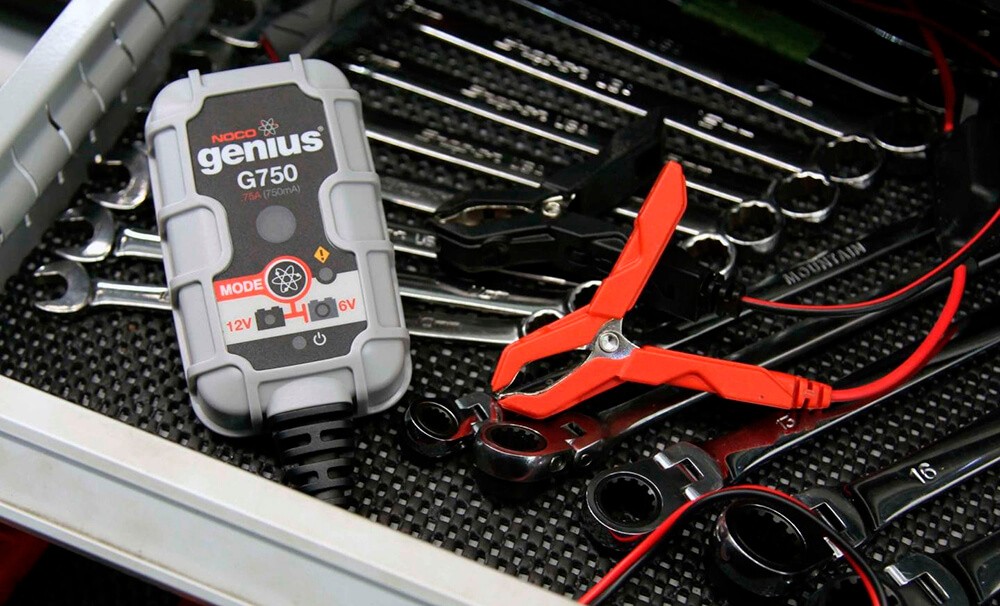
Whether a battery is left on the shelf or it’s inside the car, it discharges gradually. It deals with not only cars but also such modes of transport as jet skis, motorcycles, RVs, golf carts, boats, etc. For example, motorcycle batteries lose 1% of their charge every day.
Certainly, the vehicles’ owners look for the trickle charger to prevent battery discharge. However, the next issue arises – can you overcharge a car battery while it’s charging? Let’s find out.
Trickle Charger Specs and Principle of Work
Trickle chargers usually operate with a low amperage to restore a charge and maintain it. They compensate the charge at the same rate as the self-discharge. That allows leaving them connected for a long time (but not forever) without overcharging.
Moreover, some advanced models have “smart” functions and are able to identify the charge level and correct amperage in automatic mode. They also can switch off automatically or turn on the float mode.
Is Overcharging Possible?
When replenishing a car battery, overcharging can happen. It leads to corrosion of the positive grids and destruction of the positive active material in the battery that decreases the battery’s capacity to carry the starting current.
With regard to a cheap manual trickle charger, an overcharging car battery is likely because of the device’s poor quality. When dealing with a reliable unit, let’s be under no illusion – damages are also real. One can get an overcharged battery if ignoring the trickle charger’s specs. Let’s dive deeper into their peculiarities.
How to Choose Trickle Charger to Ensure Battery’s Correct Restoration?
The majority of budget models are not designed to use for too long. To restore a boat’s battery during winter months is normal, but a device will break down when using it for 6 or 8 months, or even longer, for example. Some units can be left on a battery for an unlimited period. They fit the vehicles that are rarely used (an emergency or other unexpected situations, for instance).
Another important point to note is the device’s compatibility with a certain transport. Some models have multiple battery connectors to charge bikes, boats, cars, etc. They’re versatile enough to integrate with either large or small, classic or antique batteries. They feature a 2-amp rate for 6-volt batteries and a 4-amp rate for 12-volt ones. Besides, they’re fitted with a 12-amp plug-in for replenishing car batteries. However, there are units that are developed to restore only a certain vehicle’s batteries.
One should also mind a battery itself – whether it’s necessary to restore maintenance-free or wet cell, AGM, gel cell, or VRLA types. Different units can work with a definite battery type or several of them.
So, to escape overcharging, choose the high-quality trickle charger and keep in mind its allowable period of charging and its compatibility with a certain range of vehicles. Make the right settings to regulate the charging rate. The right device will allow leaving a vehicle off the road for an extended period with no danger of its battery’s overcharging.

My name is Brandon, and I’ve been interested in cars since I was a kid. I got a bachelor’s degree in Automotive Technology and worked in a private car workshop. I have two cars that have been completely upgraded with my own hands. So I successfully put all my knowledge into practice.
